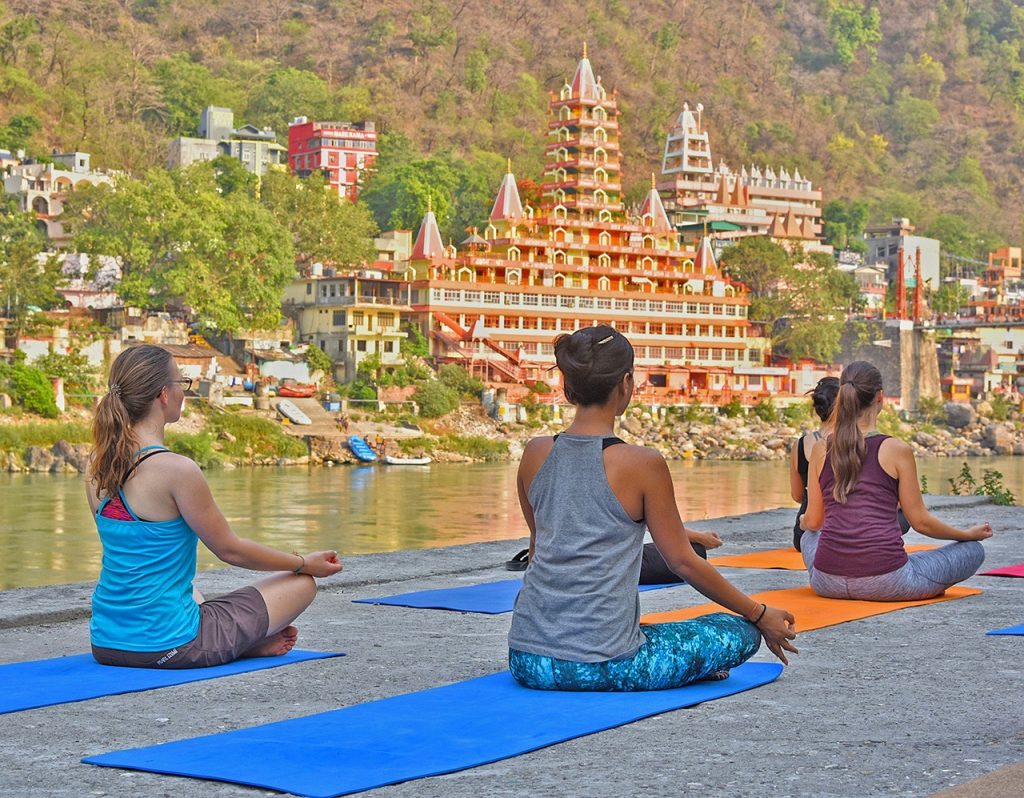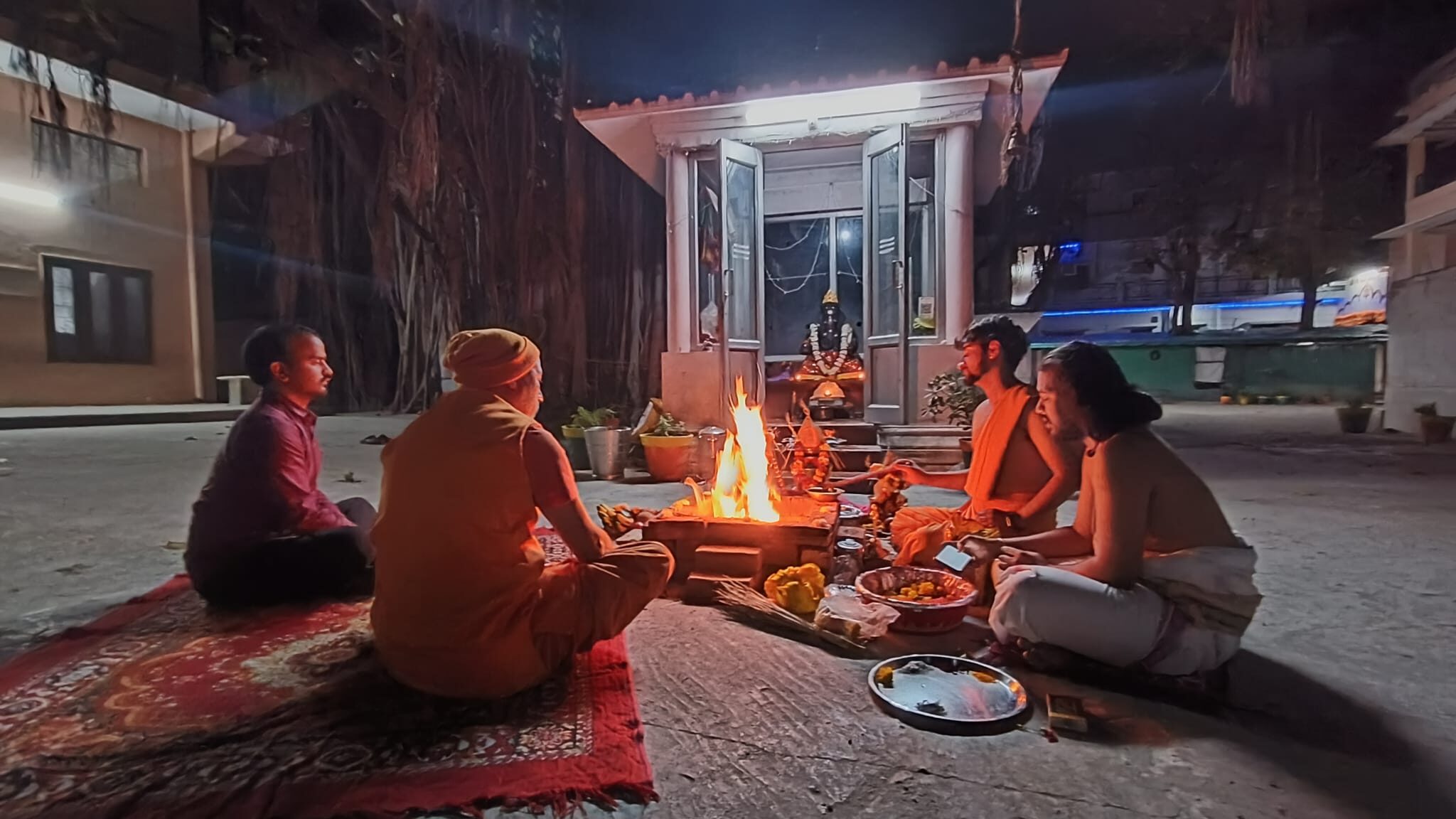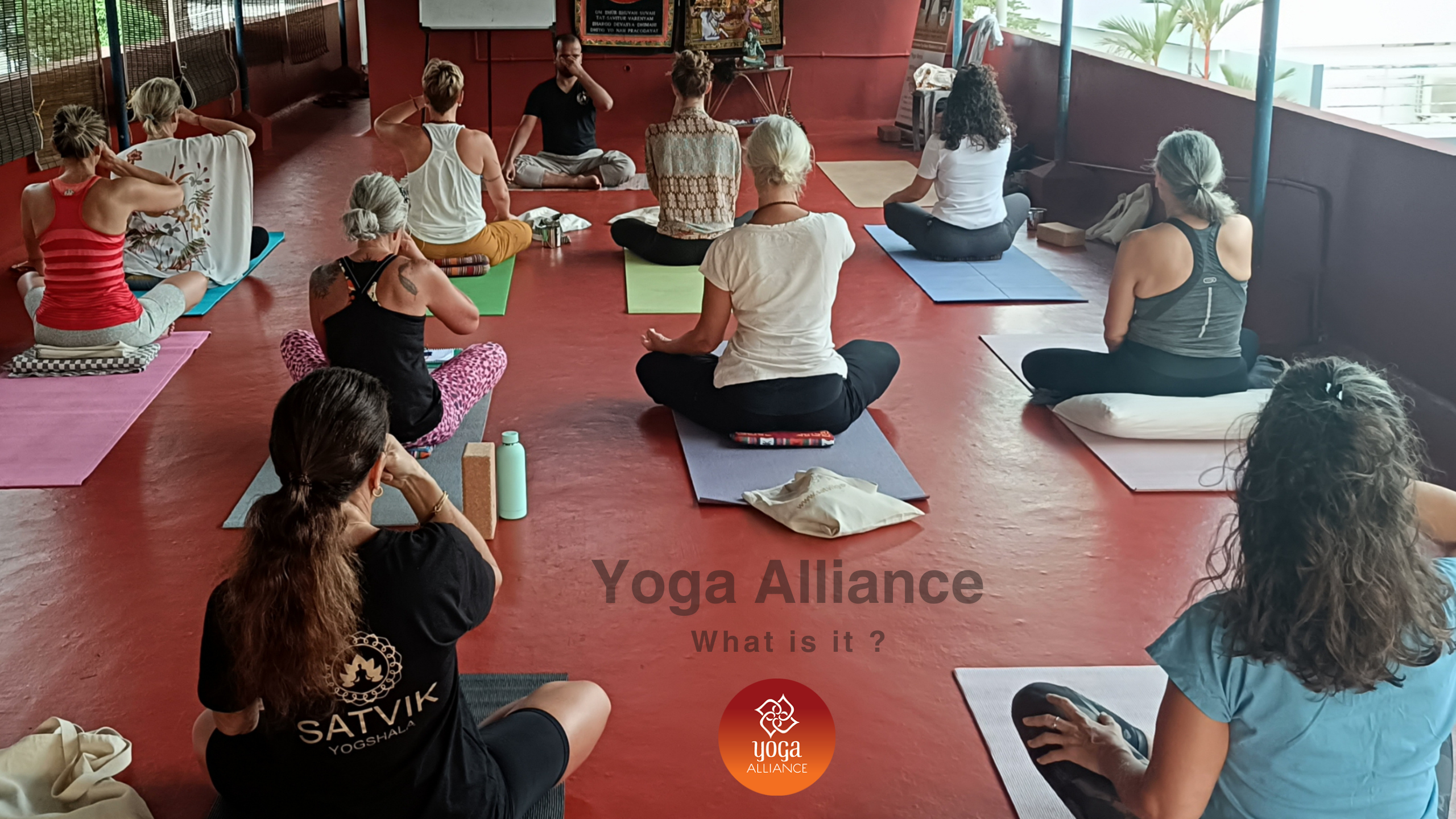Yoga today is a worldwide phenomenon, as yoga studios seem to spring up in every major city on the planet. It’s millions daily practising yoga in New York City and Tokyo alike, unrolling mats and bending to get their rewards. If you really wish to learn about where yoga really came from, and if you really wish to see its possibilities in its absolute purest expression, there exists but one location — India.
India is the birthplace of yoga, a holy land where spiritual heritage, ancient scriptures, and century-old traditions have merged to offer what we now call Traditional Yoga. These are the reasons why travelling to India is a life-altering experience for anyone interested in expanding their yoga practice and spiritual development.
1. Birthplace of Yoga
Yoga was born in India more than 5,000 years ago. Yoga is first mentioned in the Rig Veda, and its teachings were afterwards explained in entirety in books such as the Upanishads, Bhagavad Gita, and Yoga Sutras of Patanjali. Practising yoga in the place of origin keeps you directly connected to the source. It’s not all about asanas (physical postures); it’s about embracing a holistic way of life that possesses body, mind, and soul, the style of the ancient sages.
When you study yoga in India, you’re not taking a class. You’re becoming a part of an ancient tradition of knowledge that has been transmitted teacher-to-student for centuries.
2. Traditional Gurukula System & Authentic Teachers
India still retains the Gurukula system, an old learning method in which the students reside with their guru (teacher) in order to learn not only the theory but also the yogic lifestyle. This rigorous, one-on-one instruction is an unaffordable luxury anywhere else in the world except in India. Genuine yoga teachers here have generally spent years, if not decades, studying and developing spirituality in ashrams.
As opposed to the vast majority of contemporary yoga teachers taught in fast-tracked certification programs, traditional Indian gurus prioritise discipline (sadhana), spiritual intention, breathing techniques (pranayama), meditation (dhyana), and a virtuous lifestyle (yamas and niyamas). Learning from a guru like this deepens your practice beyond commercial yoga studios.
3. Ashram Experience – A Retreat for the Soul
India is home to the world’s most famous yoga ashrams, such as Parmarth Niketan (Rishikesh), Sivananda Ashram (Kerala), and Bihar School of Yoga (Munger). Ashram life provides the opportunity to live a life of yoga, waking up early, meditating and practising yoga, eating sattvic (pure and balanced) food, and serving others (seva) for the welfare of all.
This setting is rich soil for self-reflection and personal change. Indian ashrams are different from other yoga retreats that can be more spa vacation-like, keeping you in touch with austerity, wakefulness, and inner self-control.
4. Sacred Spaces & Spiritual Energy
India’s landscape is teeming with spiritually charged locations — Rishikesh, the “Yoga Capital of the World,” on the banks of the sacred Ganges; Varanasi, the world’s oldest continuously occupied city; and the Himalayan foothills where so many sages have meditated. Yoga practised in these locations is heightened. The energy in these holy locations is palpable, providing a sense of peace and awareness that cannot be put into words — it must be experienced.
Whether meditating on the sunrise on Ganga Ghats or reciting mantras in a temple at sunset, such experiences leave imprints on your soul.
5. Understanding the Philosophy Behind the Practice
Yoga, in so many Western gyms, is merely a workout, and one that addresses flexibility, well-being, or alleviating stress. These are beneficial outcomes, of course, but they barely touch the surface.
In India, yoga is taught as a philosophy of life. You’ll dive deep into ancient scriptures, learn about the Chakras, Kundalini, Ayurveda (traditional Indian medicine), and the eight limbs of yoga. You’ll understand how breath, thought, diet, and energy all interact in the practice of self-realisation.
This comprehensive, philosophical foundation gives yoga its true purpose — union with the divine.
6. Affordable and Accessible Learning
India provides every yoga learning option — from brief retreats to full, extensive teacher training courses (TTCs). They’re not merely genuine to themselves but also relatively cheaper in terms of cost than their Western counterparts. You receive longer and deeper training and accommodations in rural ashrams, and contact with the local spiritual community, for what you pay in your dollars.
There are many teachers, and the class size is small, so there is greater one-on-one guidance and advice.
7. Cultural Immersion & Spiritual Growth
Indian yoga is not divorced from culture — it is culture. Yoga pervades every aspect of Indian life — prayers, food, festivals, music, art, and daily customs. This infusion into culture informs your practice on subtle levels. Things as basic as attending a neighbourhood puja (ritual), going to a temple, or having a yogic meal prepared with conscious intent can unlock your heart and mind.
And, most importantly, India challenges you to look within. It’s a nation of contradictions, noise and quiet, chaos and serenity, that inevitably turn your eyes inwards, calling you to introspection, modesty, and spiritual development.
Conclusion
Making a journey to India to study and practice true yoga is an odyssey, but it’s a pilgrimage. You won’t simply be learning the art of turning your body in knots, you’ll broaden your consciousness, settle your mind, and bring spirit to life.
Whether you are a first-timer or seasoned pro, India invites and wise traditions. And where else to begin but at the top yoga centre of Rishikesh, where devotional energies and peaceful surroundings create the perfect ambience for evolution. And if your reasons are to learn yoga seriously, then a yoga school in Rishikesh offers an experience that respects the origin of this ancient practice.





